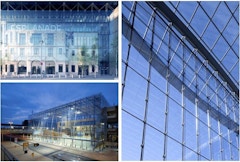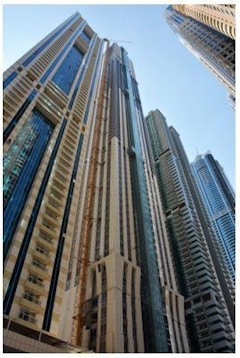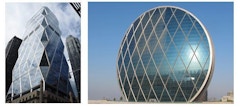Facades for High-Performance Workplaces
How has the role of the façade evolved in light of the COVID-19 pandemic and ongoing fight to combat the climate change crisis? As companies grapple
How has the role of the façade evolved in light of the COVID-19 pandemic and ongoing fight to combat the climate change crisis? As companies grapple

Facade engineering aims at appropriately balancing the demands imposed by the context and the capabilities inherent to the materials, the geometries

Building envelopes are not only an immediately visible part of the building, they have also become a major factor both for cost and performance of

This article discusses design, prototype development and a simulation study of novel types of facade systems, which integrate thermoelectric (TE)

While additive manufacturing (AM) offers unprecedented freedom of design and a remarkable potential for material efficiency and lightweight



The tragic fire of June 14, 2017 at the Grenfell Tower in London, England has brought to a very public global forum issues related to the impact of

As facades become more sophisticated and complex, more detail-intensive and performance-critical, it's vital that architecture students develop a

This paper describes the development of an interactive map that highlights case studies of advanced facade design strategies and technologies from

As the first phase of a $4 billion dollar, 180-acre, 60 building government preservation project in Washington DC, this case study reviews the

With net zero and carbon neutral mandates on the near horizon, New York City has pushed the green building envelope by leveraging incentive-based

The Science and Engineering Complex (SEC) on the Allston Campus is the largest new building at Harvard University in recent decades with a footprint


There have been three decades of liberating developments in the application of descriptive geometry and freeform design methods, as well as the


Highly transformable materials can be used as adaptive exterior shading systems by leveraging the relationship between external stimuli (heat) and